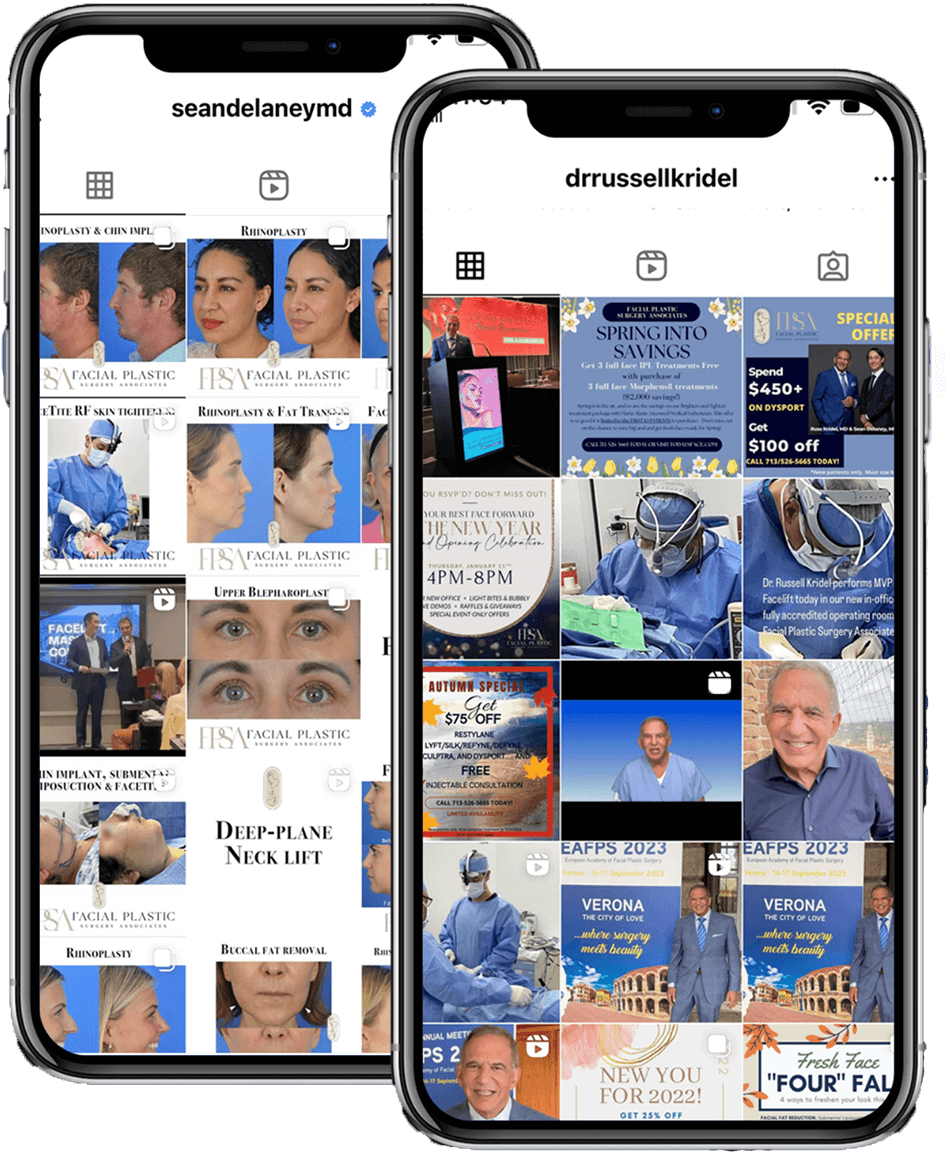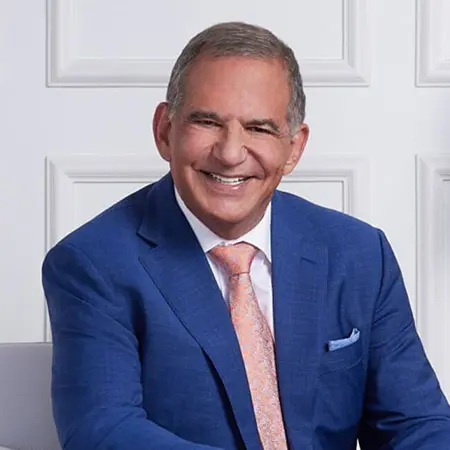June 06, 2024 | Rhinoplasty Recovery
5 minute read
Undergoing Rhinoplasty, commonly known as a nose job, is a big decision that many make to enhance their facial harmony and boost their confidence. However, the journey doesn’t end in the operating room. Post-operative care and recovery are crucial steps in achieving the best results and ensuring a smooth transition into your new appearance. In this post, we’ll explore what to expect during the recovery process after Rhinoplasty and provide tips for a successful recovery.
Understanding the Recovery Timeline:
Every individual’s experience with Rhinoplasty recovery is unique, but there are general timelines to keep in mind. Immediately after the surgery, you’ll likely experience swelling, bruising, and discomfort around your nose and eyes. This is completely normal and should subside gradually over the first one to two weeks. While you may notice some improvements in the appearance of your nose early on, it can take several months for the final results to fully emerge as swelling continues to subside. It is Important to recognize that the swelling is not symmetrical and usually does not decrease symmetrically across the nose.
Managing Discomfort and Swelling:
Mild pain and swelling are inevitable aspects of the Rhinoplasty recovery process, but there are steps you can take to alleviate discomfort and promote healing. In addition to the pain medication that we will prescribe you, being upright as much as you can, icing the cheeks under the eyes, and avoiding lifting heavy objects, bending over and excessive physical activity will help reduce your discomfort and ensure a smoother recovery. We have found that Arnica and Bromelain supplementation beginning 3 days before surgery and continue 1 week after surgery also helps with bruising and swelling.
Protecting Your Nose and Exercise:
During the initial stages of recovery, your nose will be delicate and vulnerable to injury. It’s crucial to avoid any activities that could potentially harm your nose, such as strenuous exercise, heavy lifting, or contact sports. Be especially careful around small children and dogs, who can accidentally hit your nose. You should also refrain from blowing your nose forcefully and avoid wearing glasses or sunglasses that rest on the bridge of your nose until we give you the green light to do so, which is usually around 2 months. We also ask that you avoid tight fitting masks such as N-95 masks or Snorkel masks for 3 months after surgery.
For exercise, we typically clear patients to begin light cardio (light jogging, stationary bike, elliptical machine) after 2 weeks, and more strenuous exercises and bending over after 4 weeks. The reason we have you wait so long is because the nose is very vascular and exercise raises your blood pressure, which can prolong swelling and potentially cause a nose bleed. In all cases use your best judgement. If you’re performing an activity and your nose feels tight or starts throbbing, stop what you’re doing or scale back the intensity or wait another week before trying it again. Rhinoplasty recovery is not one where you want to “power” through it. Listen to your body.
Taking these precautions will help prevent complications and promote proper healing.
Maintaining Proper Hygiene:
Maintaining adequate nasal hygiene is essential for keeping the nasal passages open so you can breathe, preventing infection, and promoting healing. We will clean your nose at each of your post-operative visits and provide you with specific instructions on how to clean and care for your nose at home. It’s essential to follow these instructions to decrease chance for infection, reduce crusting that can impact your breathing, and ensure optimal results.
Patience is Key:
One of the most challenging aspects of rhinoplasty recovery is patience. It’s natural to want to see immediate results, but the reality is that the final outcome of your surgery will take time to manifest. Primary Rhinoplasties take up to a year to heal and Revision Rhinoplasties take even longer. It’ s essential to be patient and trust the process, allowing your body to heal at its own pace. Remember that the swelling will gradually subside, and your nose will continue to refine and settle into its new shape over the coming months.
As the swelling diminishes and the healing process progresses, you’ll start to see the results of your Rhinoplasty taking shape. While it’s normal to feel anxious or self-conscious during the initial stages of recovery, try to focus on the positive changes and improvements to your appearance. Remember that Rhinoplasty is ultimately about enhancing your confidence and self-esteem, and embracing your new look is an essential part of the journey.
Recovery after Rhinoplasty requires patience, diligence, and self-care. By following our instructions, making sure you make it to all of your post-op appointments with us, taking care of yourself, and allowing your body to heal, you can achieve the best possible results from your surgery. Remember to be patient with the process and embrace the changes as they unfold. In time, you’ll emerge from the recovery period with a newfound sense of confidence and satisfaction with your appearance.




